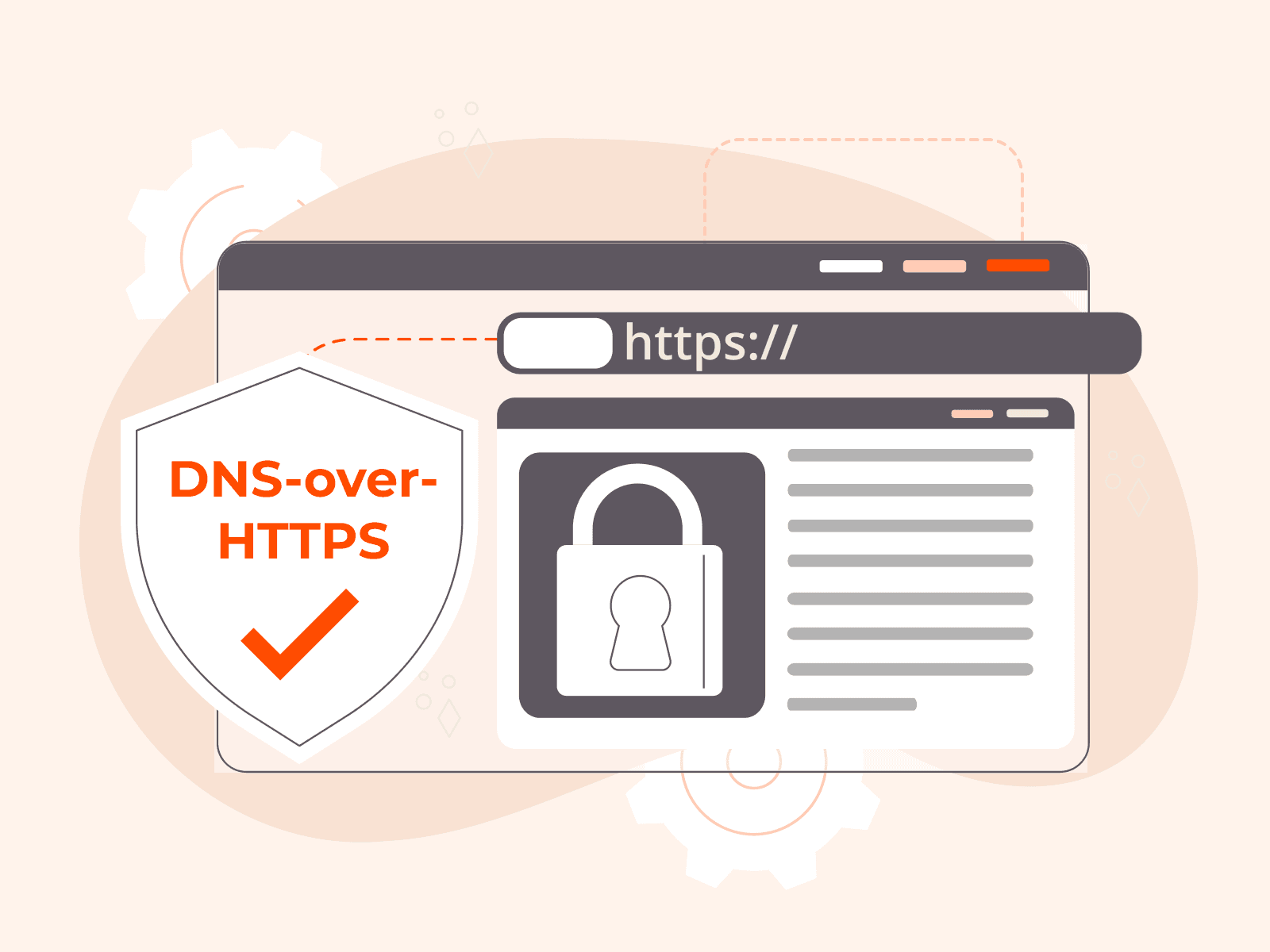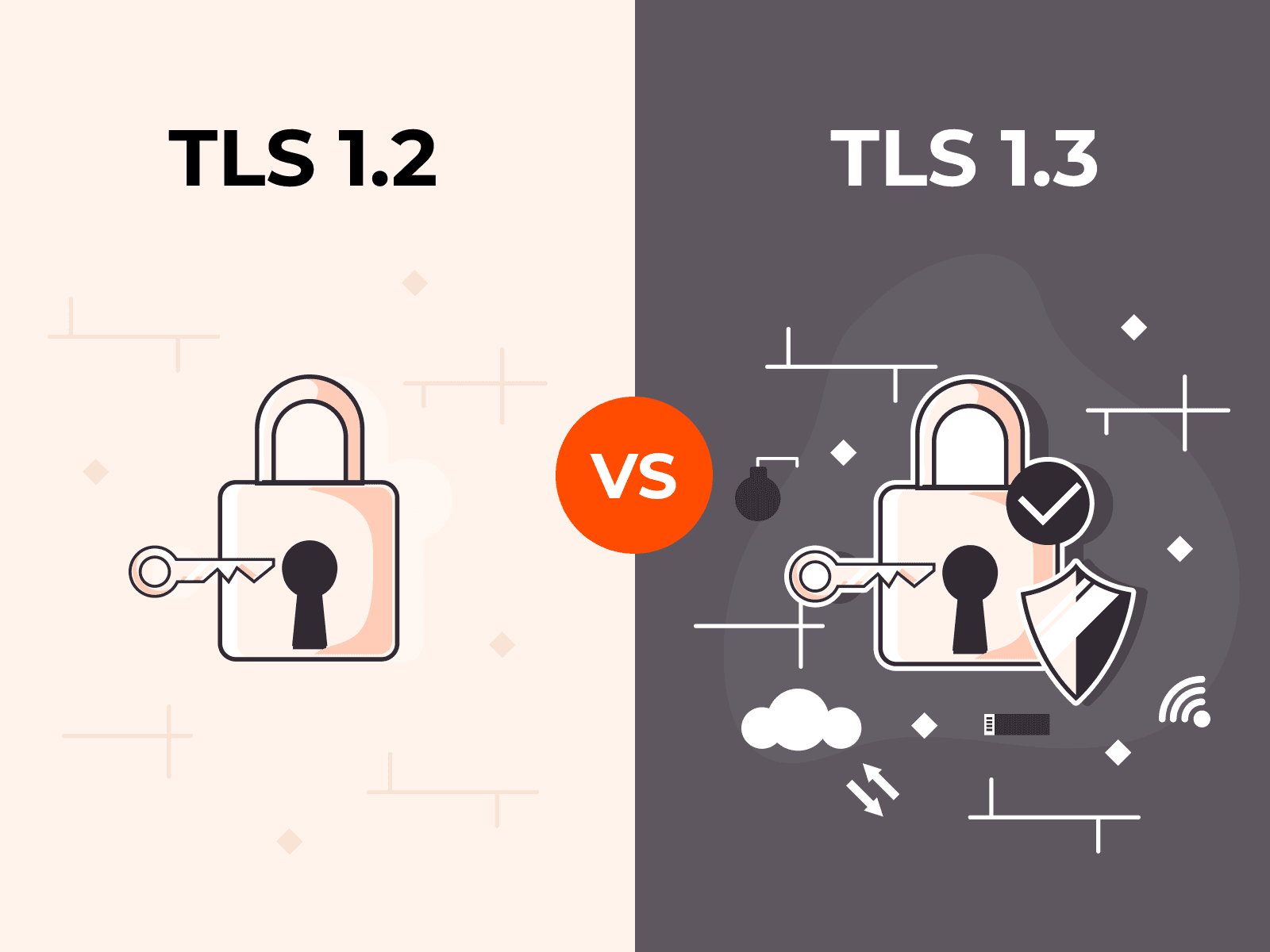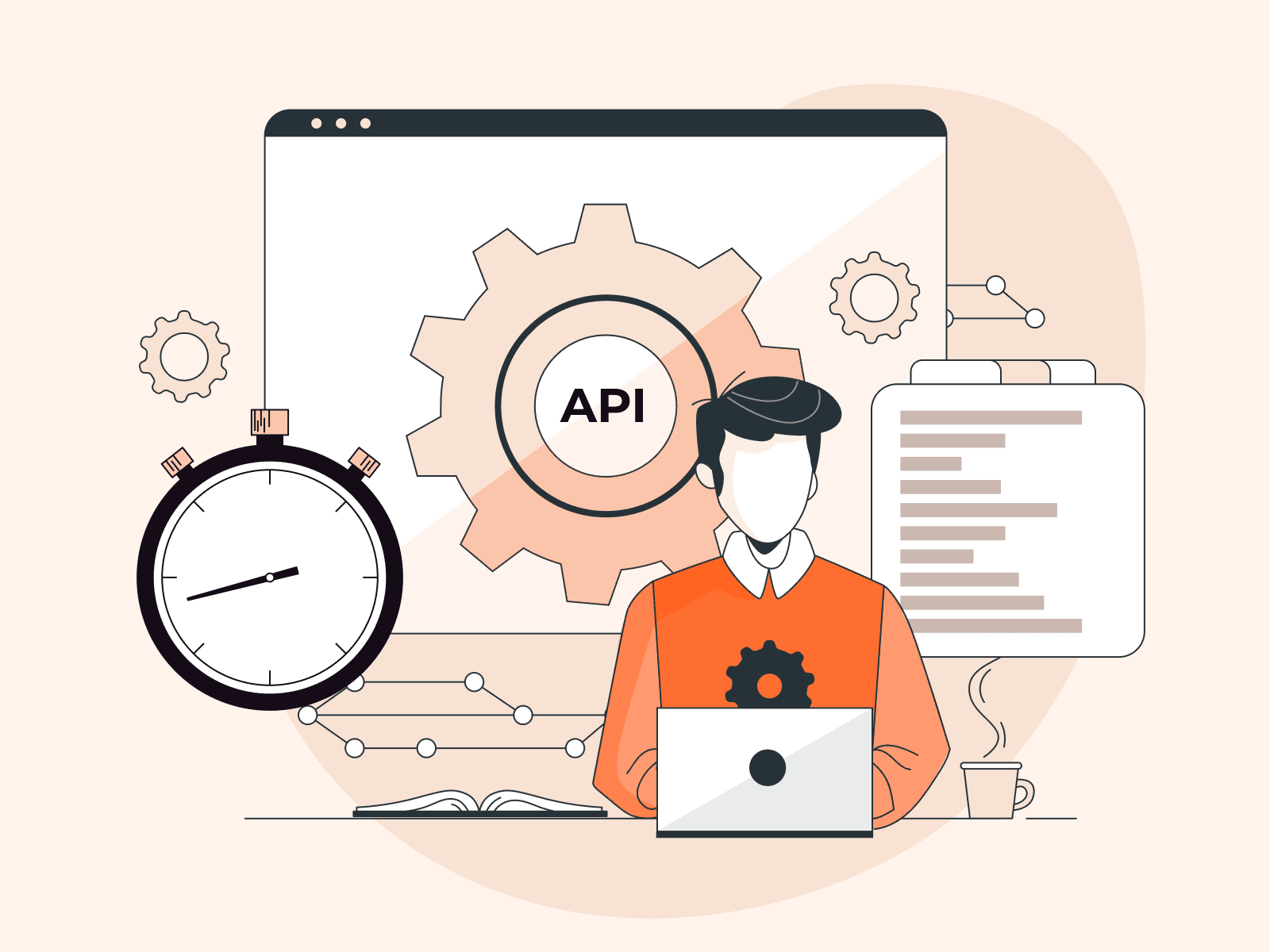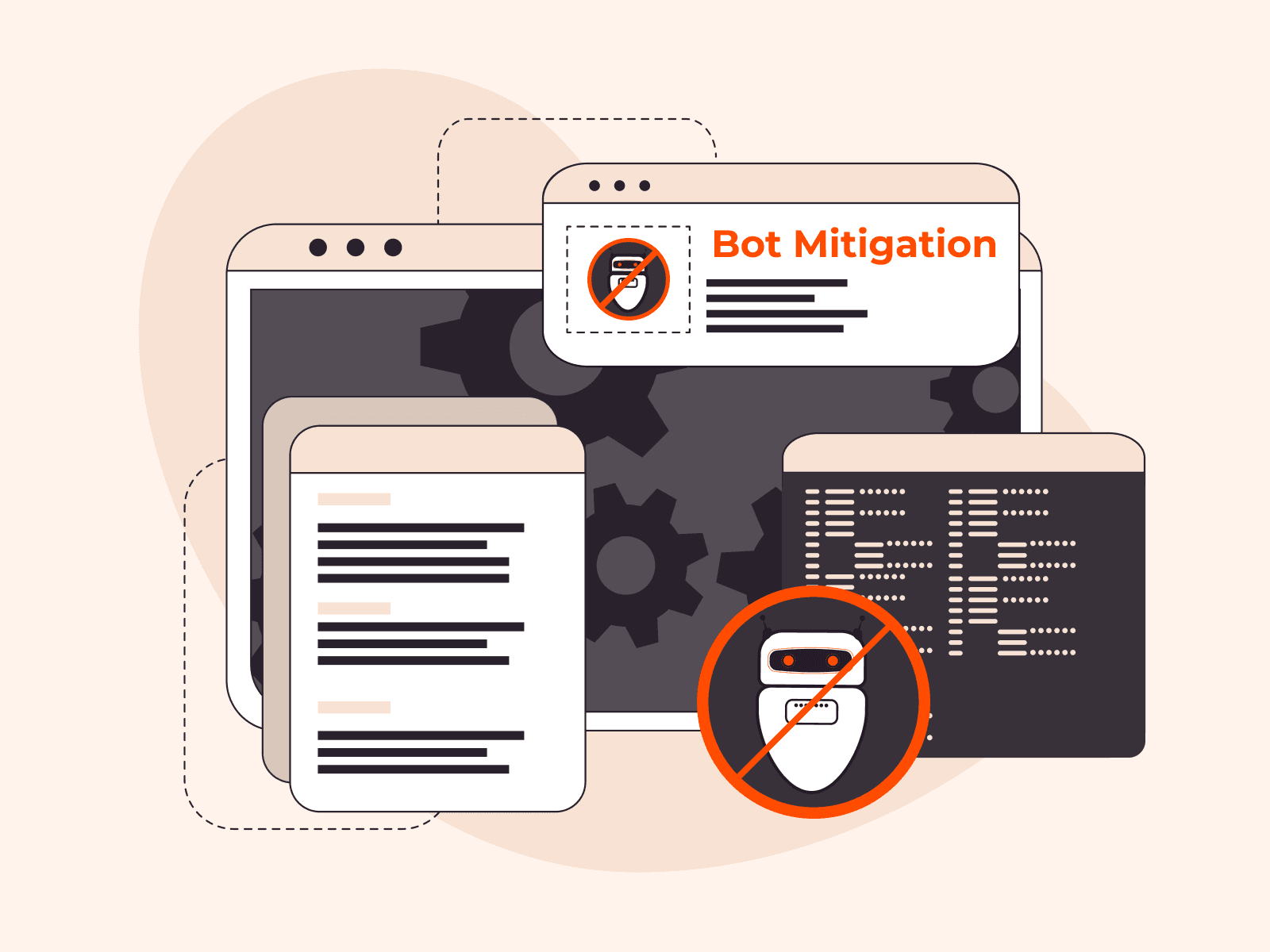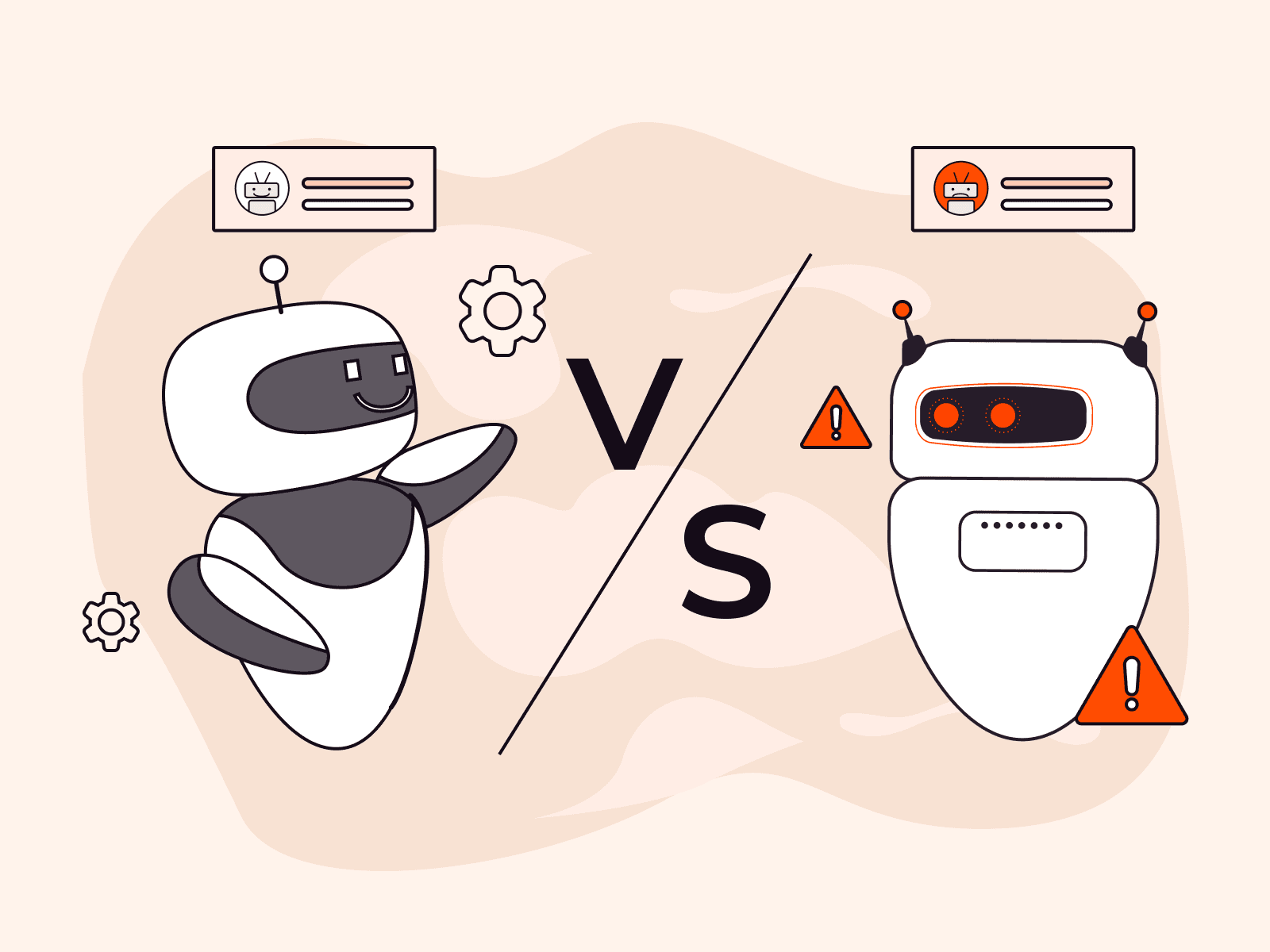Defending against cyberthreats goes beyond merely reacting to known risks; it demands proactive measures to uncover hidden and undetected dangers. To achieve this goal, organizations are increasingly turning to cyberthreat hunting, a method that involves systematically searching for threats that traditional security measures might miss. By implementing advanced analytics and threat intelligence, professionals can identify these potential threats before they escalate. In this article, you’ll learn the detailed techniques of cyberthreat hunting, understand its vital role in modern cybersecurity, and discover practical ways your organization can implement this strategy.
What Is Cyberthreat Hunting?
Cyberthreat hunting is the systematic practice of proactively searching for previously unknown, hidden threats within an organization’s network or systems. Unlike conventional passive threat detection—waiting for alerts triggered by known attack patterns—cyberthreat hunting involves continuous, methodical investigation to uncover hidden threats.
Threat hunters analyze log data, conduct network scans, and use threat intelligence feeds with manual expertise and automated tools. This identifies and mitigates potential threats before they can harm the organization’s systems and data. Taking such a proactive stance offers deeper insights into the attack surface, enhancing understanding of vulnerabilities and risk exposure.
Purpose and Benefits of Cyberthreat Hunting
The purpose of cyberthreat hunting is to halt unanticipated or previously unknown cyberattacks that remain hidden within an organization’s network or systems. Without ongoing hunting, such threats remain undetected and uncontained for an average of 287 days, potentially causing unauthorized access, data breaches, financial loss, and irreversible damage to an organization’s reputation and trust with clients and partners.
By identifying and mitigating these sophisticated threats through cyberthreat hunting, organizations can gain the following benefits:
- Minimize the time from intrusion to detection, curtailing damage. Prolonged detection time without mitigation would allow more opportunities for infiltration, data theft, and extensive, hard-to-reverse damage, so minimizing this timeframe is advantageous.
- Swiftly identify hazards missed by conventional tools, preventing undetected vulnerabilities that may lead to later disruptions or breaches. While conventional tools are usually effective against the known threats they claim to protect, no tool is perfect or completely comprehensive against an evolving threat landscape. Additionally, if you don’t know about an existing threat, you may be using security tools that fail to protect against all relevant threats.
- Evaluate data and reporting processes to reduce unnecessary alerts, avoiding “alert fatigue” where crucial warnings may be ignored, delaying response and allowing threats to escalate. By checking which threats are current and most important, you can focus on finding solutions to relevant security challenges.
- Strengthen defenses against the multifaceted consequences of successful attacks, including data loss, legal liabilities, financial repercussions, and loss of customer trust, all of which can impact a business’ long-term viability.
How Does Cyberthreat Hunting Work?
There are a number of methodologies and strategies used to perform cyberhunting. Let’s review four key methods and evaluate each of them using the same example of a targeted ransomware attack on an organization’s accounting department.
| Methodology | What It Is | Focus | Approach | Benefits |
| Hypothesis-Driven Investigation | Formulating hypotheses about potential cyberthreats based on previous attack patterns and the organization’s specific environment. | The accounting department’s specific systems and software, like accounting software that has been exploited elsewhere. | Examining similar attacks on other companies to guide investigation within their own organization. | Tailored defense mechanisms to protect specific accounting software, minimizing risk. |
| Investigation Based on Known Indicators | Utilizing known indicators of compromise (IOCs) and indicators of attack (IOAs) associated with recent threats to search for hidden attacks or malicious activities. | Specific signs related to ransomware that previously targeted accounting software in other companies. | Applying insights from a prior ransomware attack on a similar department in another company, looking for the same indicators within their organization. | Quick detection and stopping of an attack on the accounting department before it spreads. |
| Advanced Analytics and Machine Learning | Leveraging data analytics and machine learning to flag suspicious patterns and anomalies that might indicate potential threats. | Subtle signs that might indicate an impending attack, like unusual login attempts on the accounting software. | Using a prior attack example, training algorithms to look for specific patterns related to that ransomware within the organization. | Early detection of an attack on the accounting department, potentially stopping the ransomware before it takes hold. |
| Human-Machine Teaming | Combining human insight with automated technologies to enhance the effectiveness and efficiency of threat hunting. | Interpreting machine data with human understanding, recognizing signs related to known ransomware attacking accounting software. | Using understanding of a prior attack on similar software, combined with machine data, to detect signs of a targeted attack within their organization. | Quick recognition and thorough understanding of particular vulnerabilities within the accounting department’s software, allowing for a swift and effective response. |
A comparison of four main cyberthreat hunting methodologies
Hypothesis-Driven Investigation
The flowchart below shows how hypothesis-driven investigation works. The process is similar to how detectives solve crimes, since it starts with an educated guess and makes use of evidence.
Investigation Based on Known Indicators of Compromise or Indicators of Attack
This process involves searching through data to identify malicious activities by relying on specific signs or indicators, allowing for targeted and efficient identification and mitigation of potential threats.
Advanced Analytics and Machine Learning Investigations
This approach uses complex algorithms and statistical models to analyze large datasets, automatically identifying patterns and anomalies that may signify potential threats.
Human-Machine Teaming
In this case, the intuitive decision-making capabilities of human analysts is combined with the computational speed and efficiency of machine learning, enhancing the identification, analysis, and mitigation of potential cyber threats.
How to Conduct Cyberthreat Hunting

Cyberthreat hunts must be carried out according to a specific process to ensure an efficient, successful hunt. Identifying triggers, investigating suspicious activity, and resolving potential threats are generally relevant to all methodologies. However, the specific approach chosen may call for some variation. For example, hypothesis-driven methodologies should prioritize triggers (step 1, below) aligned with specific threat hypotheses, while an intelligence-driven approach emphasizes known or suspected threats in the same step.
Understanding the overall cyberthreat hunting process is vital, but the details of execution are typically left to the professional team implementing it. In this article we’ll outline the process without delving into highly technical details (we’ll save those for a future article!)
Before You Start Threat Hunting: What Do You Need?
- A skilled team. Proactive threat hunting requires a skilled team of security analyst professionals with deep expertise in cyberthreats and investigation techniques and the organization’s network and systems.
- Robust and agile IT infrastructure. Analysts must have access to a robust and agile IT infrastructure to handle the vast quantity of data collected during investigations, including security logs, network traffic, and endpoint data. Tools like SIEM, endpoint detection and response (EDR,) and threat intelligence platforms may be necessary.
- Data collection and analysis tools. Using comprehensive data collection and analysis tools is essential for cyberthreat hunting because it allows threat hunters to gather data from various sources and analyze it efficiently. Tools include Splunk for log analysis, Wireshark for network traffic inspection, and Elasticsearch for searching and analyzing data. Each of these leverage machine learning and advanced analytics to identify anomalies and patterns that may indicate potential threats, enabling faster and more accurate detection of cyberattacks that could otherwise remain concealed amidst regular network activity.
Step 1: Scope
In the initial stage of cyberthreat hunting, cybersecurity professionals within your organization or outsourced experts will define the scope of the hunt. This includes identifying key assets requiring protection and analyzing likely threats based on industry trends or past incidents. From this, they will formulate a focused hypothesis to guide the hunt, ensuring efficient resource deployment.
Step 2: Trigger
Next, the team will identify triggers like suspicious log entries, unusual network traffic, or atypical user behavior, signaling potential threats. By understanding the assets and threats, they can develop specific triggers aligned with the identified risks. These triggers act as early warnings, tailored to the hypothesis and assets at risk, making them effective at signaling the need for investigation. Recognizing a trigger that aligns with the established hypothesis allows threat hunters to proactively investigate potential threats, focusing on critical areas identified earlier.
Step 3: Investigation
Threat hunters rely on advanced data collection tools—such as SIEM, managed detection and response (MDR,) and user and entity behavior analytics (UEBA) solutions—to access and process high-quality intelligence and historical datasets. These technologies enable hunters to gather a wide range of data, including logs and network traffic, which is then analyzed to identify suspicious patterns or anomalies. Delving deep into potential anomalies or malicious behavior within the system enables hunters to check their hypothesis, potentially uncovering hidden threats.
Step 4: Resolution
Threat hunters take prompt action to mitigate the identified threats, which may involve isolating affected assets, removing malicious code, or implementing additional security controls to prevent future attacks. A decisive response helps minimize the impact of the threats and protects the organization’s assets and data.
Step 5: Documentation
The findings of the investigation are then documented. Documentation is essential for tracking the progress of the investigation, sharing essential information with other teams within the organization, and contributing to the broader ongoing cyberthreat hunting process. Maintaining thorough records of each hunt further enables security teams to learn from past experiences, enhance their understanding of evolving threat patterns, and continuously refine their threat hunting strategies.
How Often Should You Threat Hunt?
Organizations should conduct cyberthreat hunting with the frequency tailored to their size, complexity, industry, and risk acceptance. Ad hoc threat hunting, done sporadically, provides some defense but is limited in scope and effectiveness. Scheduled hunting at regular intervals, such as monthly, prioritizes searches but may allow advanced attacks to operate between intervals, making shorter intervals more desirable.
Continuous, real-time cyberthreat hunting is ideal for organizations with sufficient staff and budget, involving sustained efforts to uncover network and endpoint attacks. This ongoing approach bolsters cybersecurity posture, staying ahead of evolving threats, but requires dedicated resources.
Who Should Conduct Your Threat Hunting?
Effective threat hunting demands specialized expertise in identifying and combating cyberthreats and analyzing organizational risks. Skilled security professionals are essential for successful attack detection.
While in-house threat hunters are an option, the scarcity of cybersecurity talent often leads organizations to contract with managed security service providers (MSSPs,) which offer cost-effective access to skilled personnel, real-time analysis, and correlation with the latest threat intelligence. Deploying expert threat hunters helps organizations to achieve quicker and more accurate resolutions, enhancing their security posture and reducing the risk of manual errors.
Conclusion: Why You Need to Perform Threat Hunting
Threat hunting leverages human expertise alongside powerful analytics and comprehensive data collection tools. By proactively seeking out potential threats that might escape traditional security measures, the risk of breaches is reduced and your organization’s overall security posture is enhanced. Cyberthreat hunting empowers organizations to outpace cybercriminals and safeguard critical assets.
Don’t wait for cyberthreats to escalate; having a deep understanding of traffic patterns is essential to detecting and combating attacks effectively. Gcore’s DDoS protection offers the ability to detect low-frequency attacks from the first query, ensuring the rapid identification, reaction, and elimination of even previously unknown anomalies in your traffic. Experience the power of Gcore’s advanced threat-mitigation features and safeguard your digital infrastructure today!
Related articles
Subscribe to our newsletter
Get the latest industry trends, exclusive insights, and Gcore updates delivered straight to your inbox.

